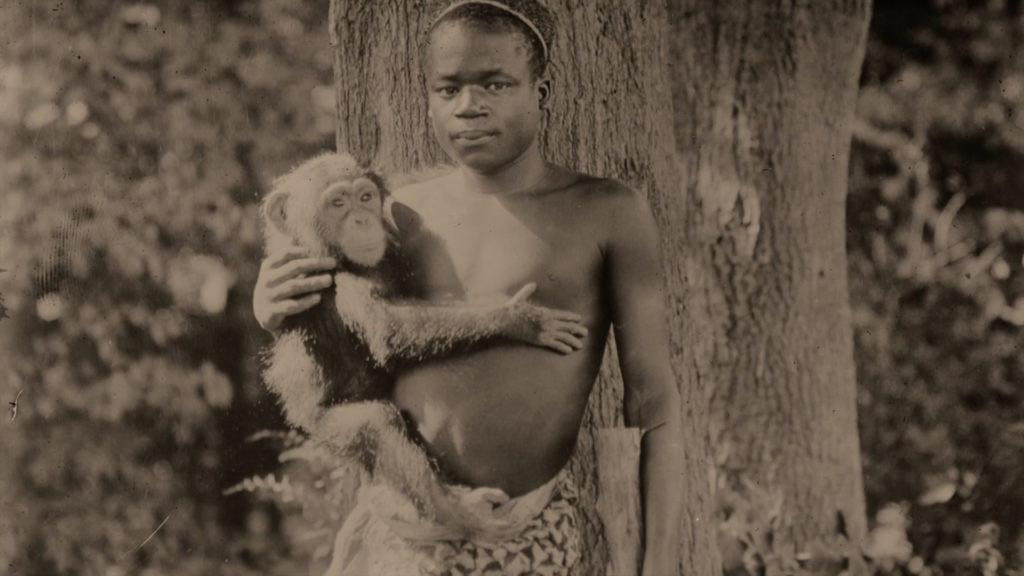
Ota Benga
Purchased at a slave market in Africa by minister-turned-explorer Samuel Verner, Ota Benga was a member of the Mbuti people, an indigenous group of pygmies who lived in the African Congo. Benga was first brought to America by Verner to be put on display with other indigenous peoples at the St. Louis World’s Fair in 1904. Benga was later brought back to America by Verner in 1906 and was displayed in the Monkey House of the Bronx Zoo. The exhibit attracted hundreds of thousands of people and created a firestorm of controversy. After widespread protests by clergy, Ota Benga was ultimately transferred to the Howard Colored Orphan Asylum, and later to a Seminary in Lynchburg, Virginia. Benga wanted to return to his native Africa, but World War 1 prevented him from doing so. In 1916, Benga shot himself to death.
For more information:
Spectacle: The Astonishing Life of Ota Benga by Pamela Newkirk (Book)
“Ota Benga’s Short, Tragic Life As A Human Zoo Exhibit” (Article)
Original Newspaper Coverage:
“Bushman Share a Cage with Bronx Park Apes,” The New York Times, September 9, 1906.
“Legal Fight for Pygmy,” The New York Times, September 13, 1906
“African Pygmy’s Fate Is Still Undecided,” The New York Times, September 18, 1906
“Pygmy to Be Kept Here,” The New York Times, September 19, 1906
“Ota Benga Attacks Keeper,” The New York Times, September 25, 1906
“Pygmy Officially Viewed,” The New York Times, September 27, 1906
“Colored Orphan Home Gets the Pigmy,” The New York Times, September 29, 1906
“Hope for Ota Benga; If Little, He’s No Fool,” The New York Times, September 30, 1906
